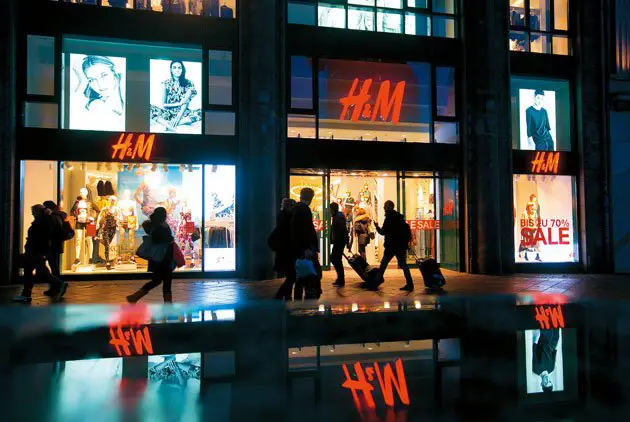Staff Reporter
Swedish fast-fashion retailer H&M is ramping up efforts to source clothing and accessories from suppliers closer to its primary markets in Europe and the United States. This shift, highlighted by finance chief Adam Karlsson in an interview with Reuters, is partly in response to potential U.S. import tariffs.
“We need to create a more regionalized supply chain for several reasons,” Karlsson stated following the company’s quarterly results. “Geopolitical factors, lessons learned during COVID-19, and the need for greater resilience all play a role, along with enhancing responsiveness to customer demands.”
The looming possibility of U.S. tariffs is a driving force behind H&M’s decision to seek suppliers closer to its U.S. market. Karlsson expressed that the retailer is actively developing scenarios to navigate these trade barriers, which he described as a significant concern.
H&M is adapting its sourcing strategy in response to increasing trade barriers and scrutiny of certain countries. “Of course, it is a factor, and we’re monitoring the situation closely as we move forward,” said finance chief Adam Karlsson. He emphasized the advantage of H&M’s diverse sourcing from multiple countries.
The retailer is exploring opportunities to source more products from Central America to better serve markets like the U.S. and Brazil. In Europe, H&M is increasing its sourcing from Turkey and is looking to expand its supplier base in Morocco and Egypt.
Former U.S. President Donald Trump has made several threats regarding tariffs on imports from nations such as Mexico, Canada, China, and the European Union. He even suggested a blanket tariff on all imports, a move that retailers and economists believe would significantly raise prices.
“If tariffs increase for everyone, we will need to consider our pricing strategy accordingly,” Karlsson noted. “We should position our offerings consistently, regardless of the presence of tariffs.”
While H&M has not yet released country-level sales figures for 2024, the United States was its second-largest market in 2023, contributing 14% to total revenues.

